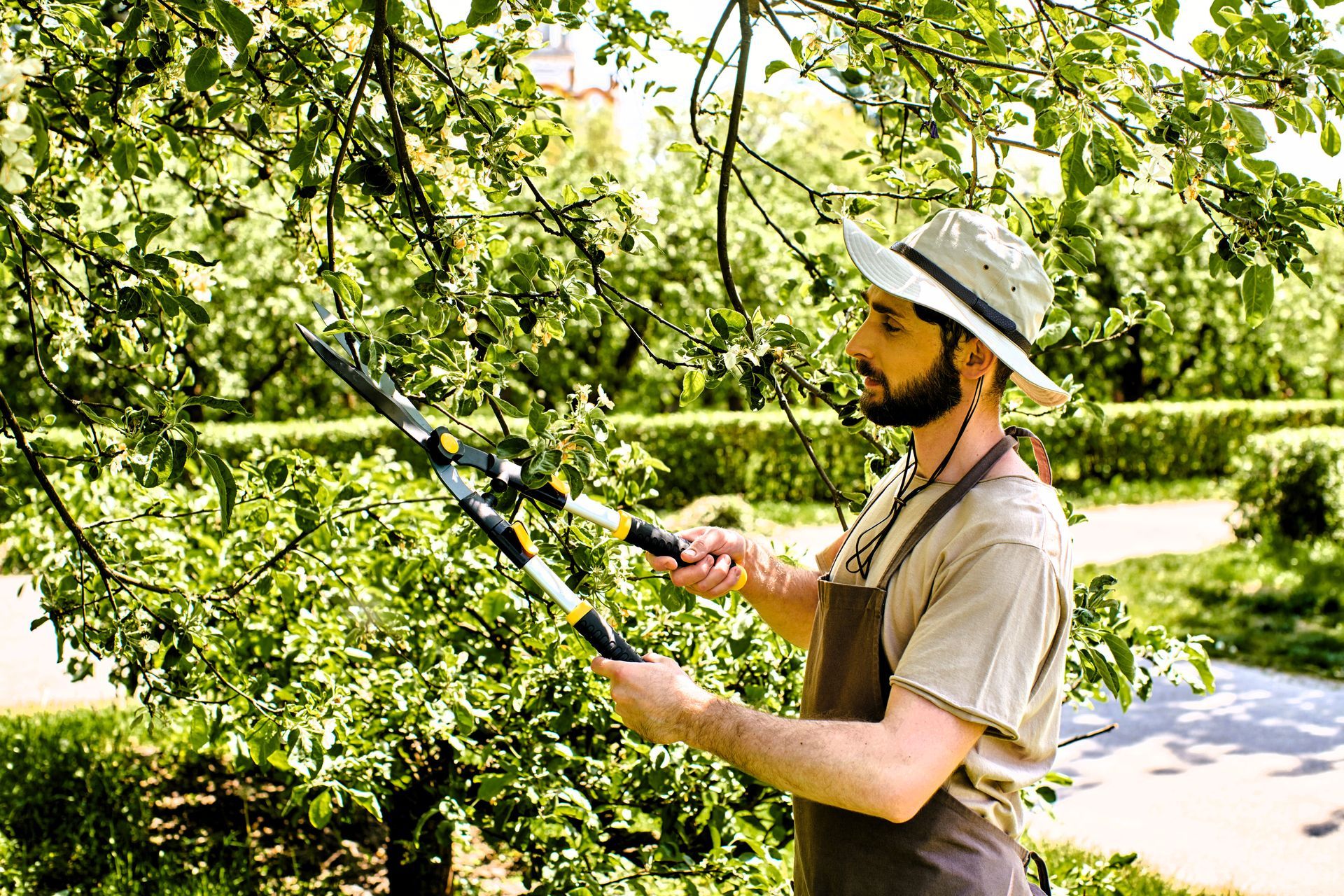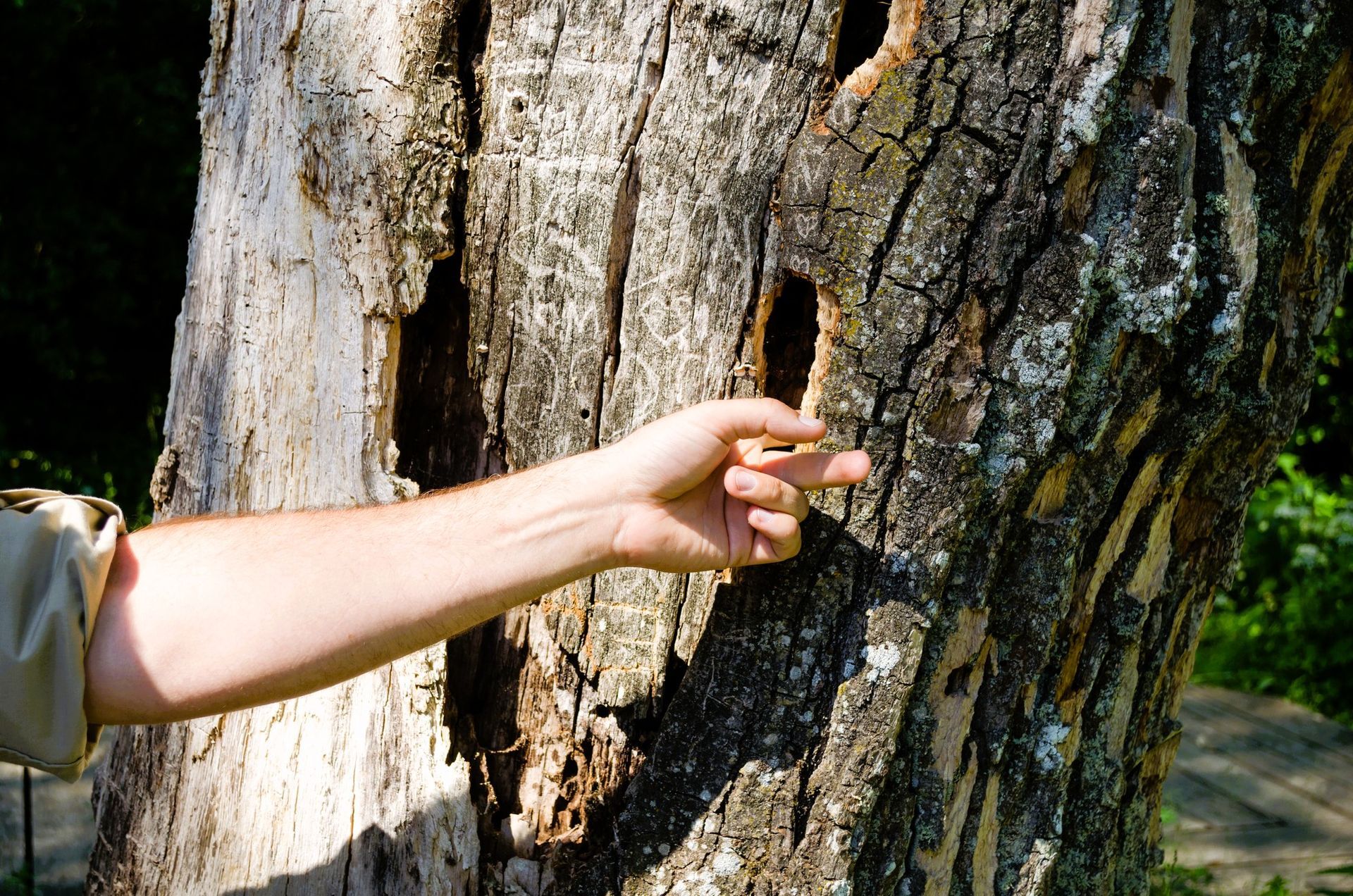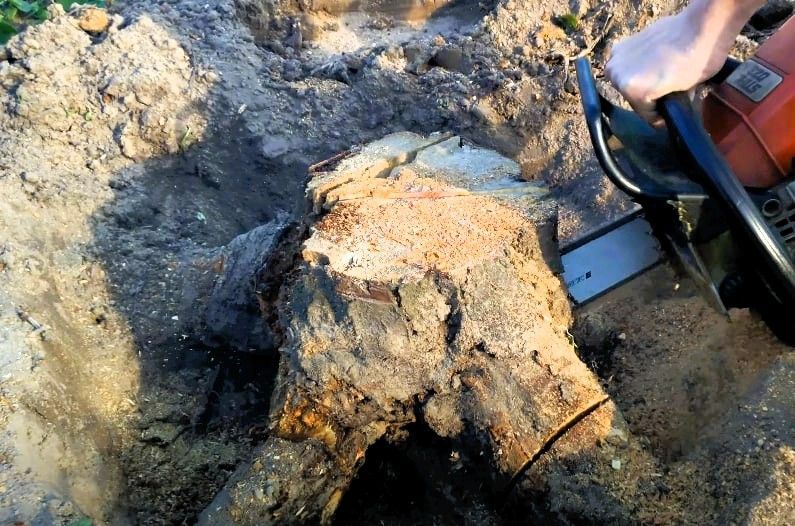How to Keep Trees Healthy This Fall & Winter

Trees require special attention during the coldest months of the year. Although trees may be resilient, they can still suffer damage if not treated properly. To protect your trees during fall and winter, there are various measures you can take. Here are some tips to help maintain your trees' health and strength throughout the cold season:
Watering
Watering trees and other perennials is vital to fall and winter care. It is important to saturate the soil to prevent root damage. This can be done by watering regularly when soil temperatures are warmer than 40 degrees Fahrenheit. If you have an established large tree, it is essential to water the trunk and the most critical portion of the root zone within the drip line.
Pruning
Pruning your trees in the fall and winter can help ensure their health throughout the winter months. This type of pruning is gentler on the trees than in winter, and it's much less stressful. Pruning trees during winter is recommended because trees are dormant at this time and it is less stressful for them. Additionally, since trees conserve energy during winter for their spring growth, they are less prone to insect infestations and disease.
Anti-desiccant treatments
Anti-desiccants help prevents water loss from your trees by forming a protective coating around leaves, branches, and trunks during the cold season. They also help protect against winter burn and slough off in the spring, biodegrading into the soil. Treat your trees at the right time of year for the best results, between 40 and 50 degrees F. Be sure to wrap the branches and foliage in burlap for additional protection.
Fertilizing
To ensure healthy growth in spring, consider fertilizing your trees and shrubs during fall and winter. Contrary to popular belief of fertilizing in early spring, experts suggest fertilizing them in late fall. Most deciduous trees have lost their leaves by this time, and active growth has slowed. The nutrients are now stored in the roots, readily available for use during the spring and summer.
Inspecting for damage after severe snow storms
After a heavy snowfall or harsh winter storms, it is important to check your trees for any signs of damage. Look for splits or cracks in the trunk, broken branches, and other signs of distress. If you notice any of these problems, contact an arborist right away to determine if your tree needs to be removed or pruned.
Planting
Planting trees in your garden has many benefits. These include enhancing the appearance of your landscape, offering shade, and boosting the value of your property. Although trees may appear durable, they need special attention, particularly when recently planted. As winter is severe on every living organism, including trees, safeguarding them against the cold is vital.
Transplanting
The fall season is a great time to transplant trees and shrubs. The temperature is more relaxed, and gardeners return outdoors to work on their landscapes. Autumn is a great time to enhance your garden by planting new trees and shrubs, and refreshing your landscaping. Doing so allows enough time for the new plants to establish themselves and grow during the following spring.
You might also like
Kanata Tree Blog
Book a Service Today
We will get back to you as soon as possible
Please try again later
Kanata Tree Service Masters
Ottawa, Ontario Canada
We are your trusted partner for every kind of tree-related issue you can imagine
© 2023 All Rights Reserved Kanata Tree Service Masters Disclaimer: This site is a free service to assist homeowners in connecting with local service contractors. All contractors are independent and this site does not warrant or guarantee any work performed. It is the responsibility of the homeowner to verify that the hired contractor furnishes the necessary license and insurance required for the work being performed. All persons depicted in a photo or video are actors or models and not contractors listed on this site.


